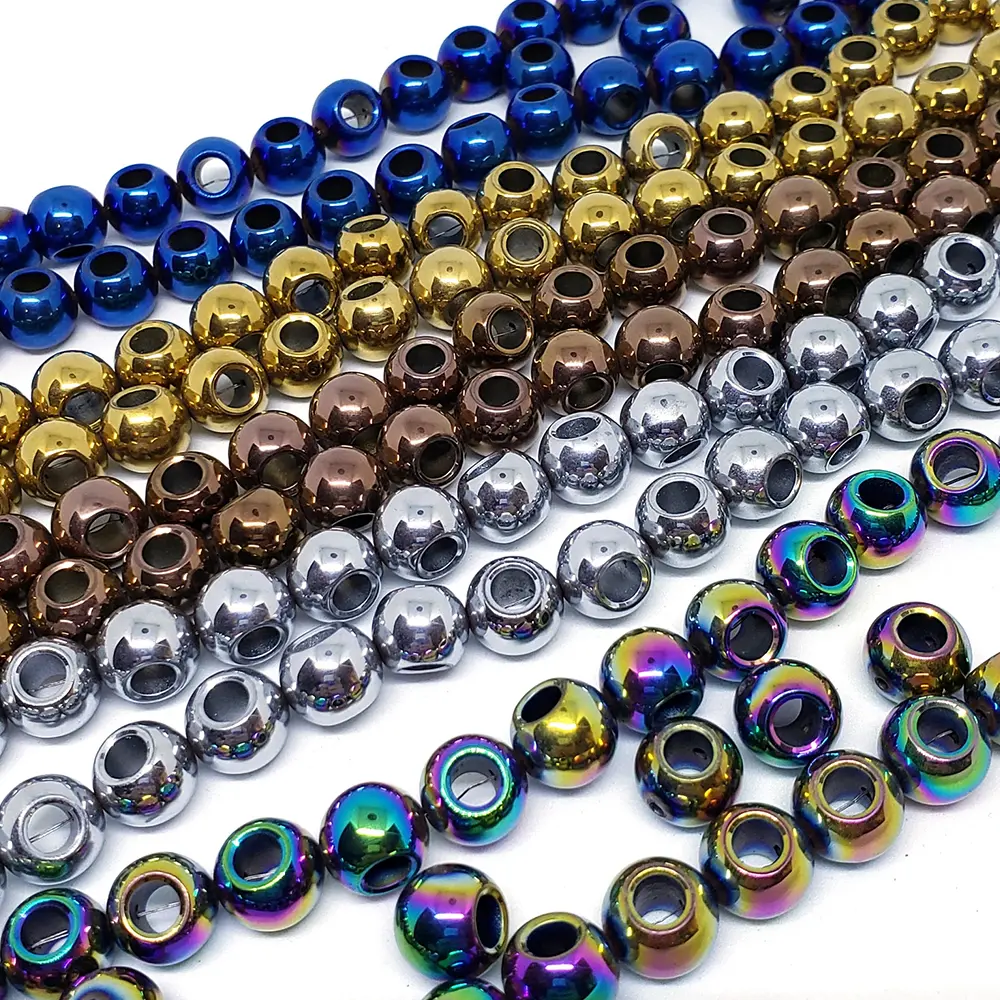What is electrophoresis?
Electrophoresis, also known as electrocoating, swimming paint, and electrodeposition. It was founded in the 1960s and was first applied to automotive primer by Ford Motor Company. Due to its excellent anti-corrosion and rust prevention functions, it quickly gained widespread use in the military industry. In recent years, it has only been applied to surface treatment of daily hardware. Due to its excellent quality and high environmental protection level, it is gradually replacing traditional paint spraying.
What is the basic principle of electrophoresis?
Electrophoresis is a metal surface treatment process similar to electroplating. Generally, the metal substrate is immersed in a solution containing epoxy resin paint, and the electrophoretic coating attracts suspended coating particles in the solution by applying current at both positive and negative poles. Under the action of voltage, charged coating ions move to the cathode and react with alkaline substances produced on the cathode surface to form insoluble substances, which can be deposited on the substrate surface to form a protective film. The thickness of the film is controlled by current and time. The higher the current or longer time applied, thicker protection film will be formed. Electrophoresis has advantages such as corrosion resistance, strong adhesion, no harmful gas generated during production process etc., it can also achieve automation and precise control of adhesion amount coated on metal substrates so that it has wide applications.
What is the difference between electrophoresis and electroplating?
The main difference is that electroplating uses electrolysis to deposit a thin layer of other metals or alloys on the surface of the metal substrate, while electrophoresis uses charged particles to achieve separation by moving at different speeds in an electric field.
Types of electrophoresis:
There are two kinds of electrophoresis, anodic electrophoresis and cathodic electrophoresis. Anodic electrophoresis is the first developed electrophoresis process, that is, the workpiece is electrified with positive electricity to attract negatively charged paint particles; while cathodic electrophoresis, on the contrary, the workpiece is electrified with negative electricity to absorb positively charged paint particles, which greatly reduces the impurities of the cured film and enhances the corrosion resistance and adhesion of the electrophoretic layer, so it is more widely used.
Uses of electrophoresis:
It can make the product present various colors and keep the metallic luster, and enhance the surface performance with better anti-corrosion performance.
Electrophoresis process:
Pretreatment > Electrophoresis > Drying
Electrophoretic properties:
- Salt water spray (corrosion and rust resistance) test one for more than 800 hours.
- Acid resistance test a 48 hours or more.
- Film hardness 2-4H; film thickness 12-22um.
- Impact resistance 1/2*500g*300cm.
- 100% density of adhesion.
- Effective anti-fingerprint effect.
Electrophoresis advantages:
- Good value for money and cheap.
- No dead space and full coverage.
- Good rust prevention.
- Environmental protection.
- Many colors, the effect is acquainted with spraying.
- No metallic texture, can match with sandblasting, polishing, brushing, etc.
Applicable materials for electrophoresis:
Stainless steel, aluminum alloy, zinc alloy.
Cost of electrophoresis:
Black is the cheapest and has the most products doing black electrophoresis, with a slightly higher unit cost than anodizing.
Administrators is a renowned expert in fashion jewelry manufacturing with deep industry insights. He provides OEM/ODM services to fashion brands and jewelers, turning ideas into tangible products. In addition to quality, Administrators provides strategic advice on market trends and manufacturing innovations to help clients stand out in a competitive marketplace.
Related Articles:

